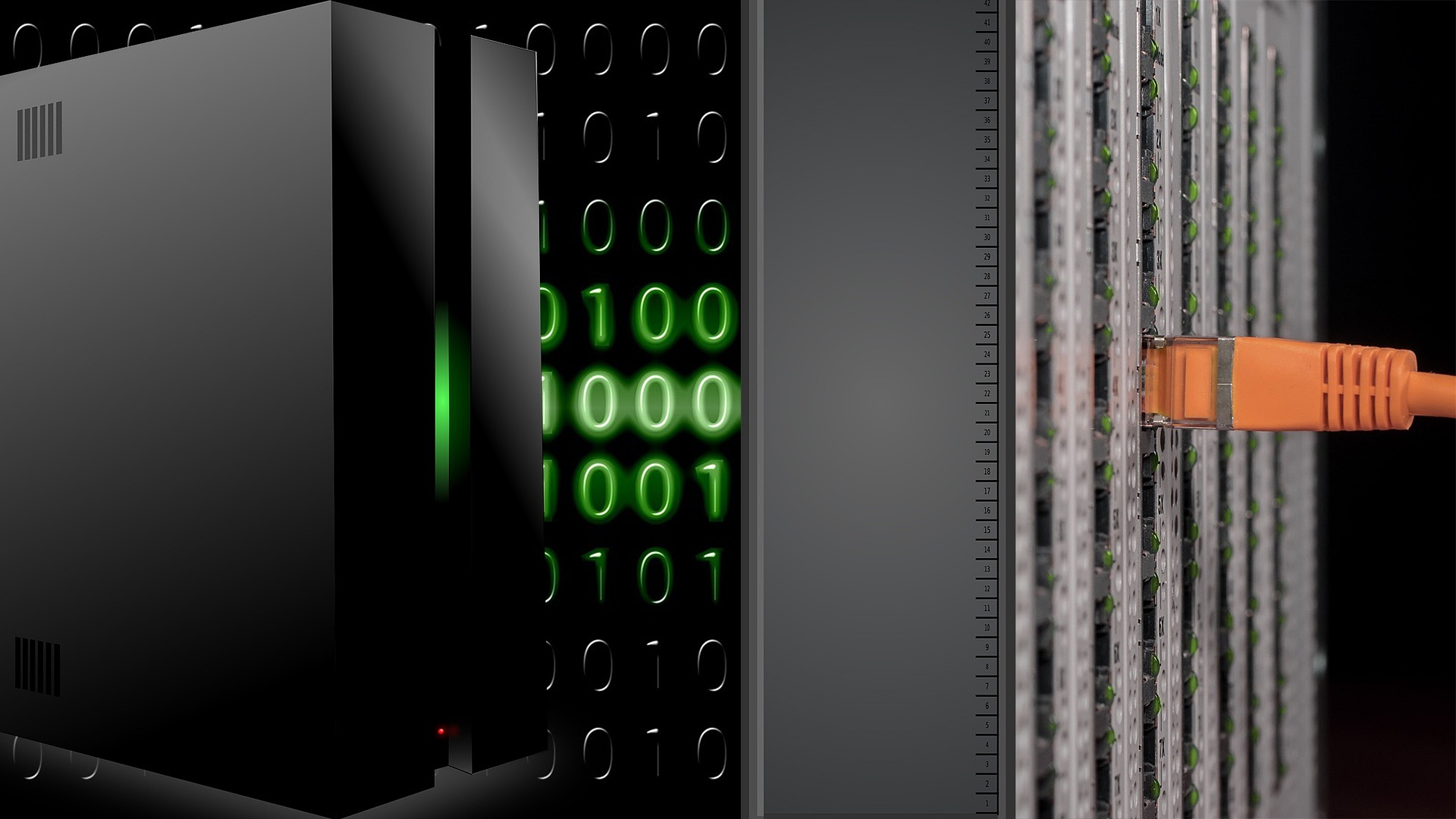In the wake of the recent hurricane, South Floridian businesses are reminded of the importance of protecting their IT equipment – and by extension, protecting their uptime and revenue. Buying a UPS system to avoid a lapse in productivity during a power failure is an excellent proactive move, but companies need to ensure that their UPS is in peak operating condition should it ever be needed. In this article, we discuss three ways to maximize and optimize the performance of the UPS system.
Important to Note: Don’t forget to register the UPS unit with the manufacturer. Registration certifies the warranty, confirms ownership in the event of loss or theft, and delivers access to included technical support.
Three Ways to Protect and Maintain the UPS System
- Make sure the UPS system is located in an optimal environment: The location of the UPS unit is not as important as the environmental conditions. So whether the unit is on a counter or inside a rack, it is essential to ensure that the location is dry and cool – and that it has proper temperature control and airflow. The unit’s ventilation system cannot be blocked so that the UPS can facilitate air circulation to prevent overheating. The UPS should never be placed near open windows or in areas of the building susceptible to moisture and dust.
- UPS systems and batteries should be stored in environments with temperatures between 68 – 77° Fahrenheit. If batteries become too cool or too warm, battery life may be adversely affected.
- To guarantee adequate air circulation, place the UPS system in such as way as to leave vents unblocked. IT managers should visually inspect vents and batteries for cleanliness on a routine basis, removing any dust, dirt, or debris that may be present.
- Battery failures are the most typical reason for UPS downtime. Managers should keep batteries fully charged, and regular runtime testing performed to guarantee maximum operation.
- If the UPS system will not be put into use immediately, cover and store in a cool, dry environment after charging the battery for 24 hours. Recharge the battery every three months.
- Determine minimum runtime to guarantee a safe power down: How much time will the UPS need to provide in order to save vital data and/or safely power down the equipment? To calculate the required runtime, determine the power required to operate all connected and necessary devices. Most devices indicate their wattage in the user manual or directly on the unit itself, which indicates minimum capacity. To calculate minimum runtime, figure out the time needed to safely shut down should a power failure occur.
- Monitoring shutdowns and reboots: A UPS system can be monitored locally in two ways – visibly and audibly. The system may be equipped with LED lights, LCD screens, and/or audible alarms that alert IT managers of battery backup power status.
- Visible Alerts: LED lights and LCD panels indicate status and potential problem alerts.
- Audible Alerts: Many systems include audible alarms, indicating on-battery, low-battery, and overload conditions.
IT managers can also monitor their system using local and remote monitoring software which allows them to schedule a shutdown and reboot of the UPS on a specific day and time to manage the power usage. Monitoring software includes a user-friendly dashboard for monitoring and controlling the UPS system.
Alliance IT is a Sarasota managed services firm that helps small to medium-sized businesses grow, thrive, and manage their resources. If you need to learn more about the best backup system for your organization before the next storm, give us a call.

